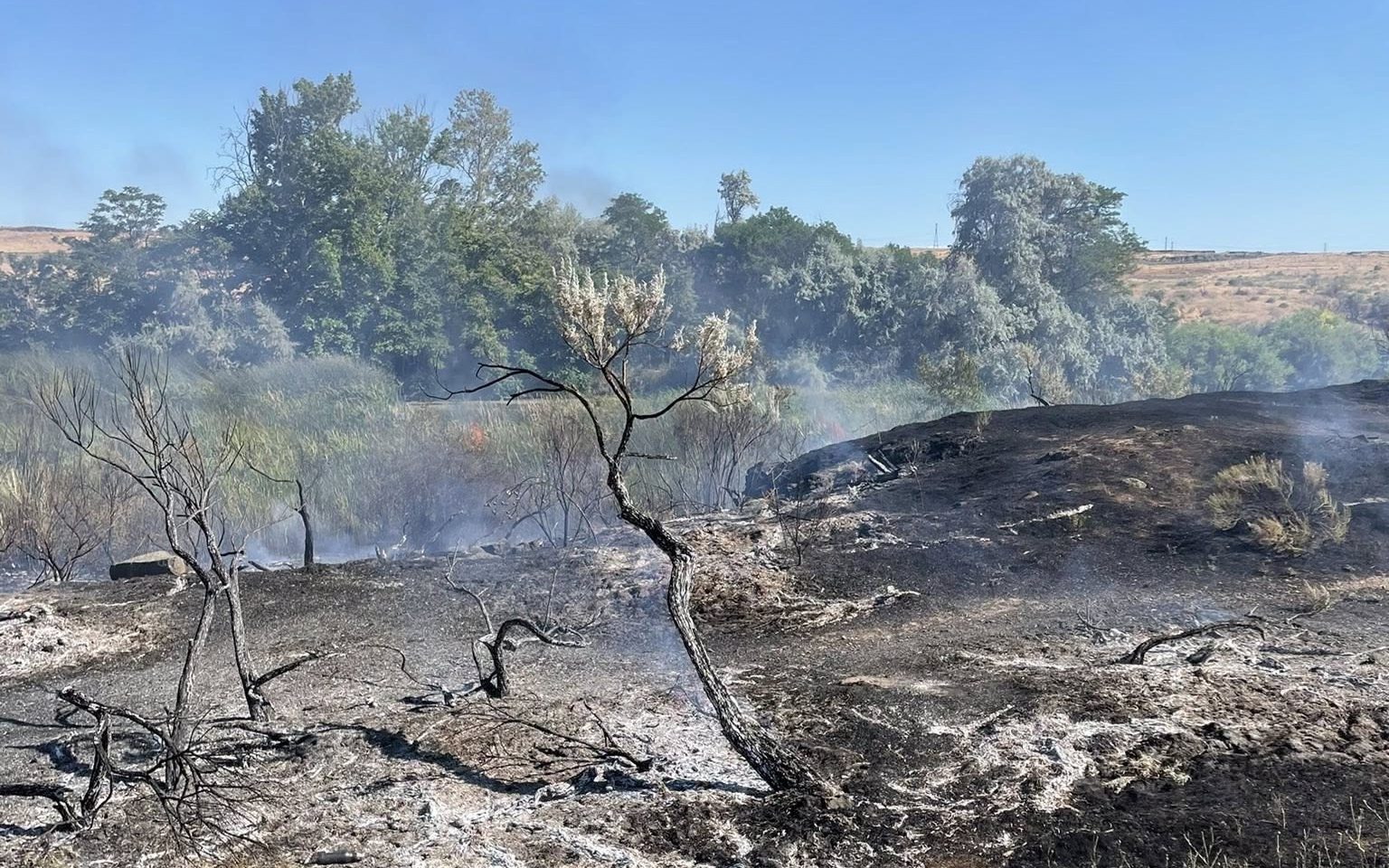Initial state funding to help local health departments cover labor costs
Published 12:00 pm Monday, April 6, 2020

- Umatilla County Public Health, as well as several other public health departments in rural Eastern Oregon, have expressed concern over the releasing of demographic information of patients who have tested positive for COVID-19.
UMATILLA COUNTY — The Oregon Health Authority recently dished out $4 million in funding to support local COVID-19 responses across the state, and most health departments in Eastern Oregon are using that to keep paying their personnel during the pandemic.
“The fact is, it’s going to personnel,” said Joe Fiumara, director of Umatilla County Public Health. “Our personnel expenses dwarf our material expenses.”
The money can be used to cover the labor costs of reporting and monitoring the spread, identifying and screening individuals for the virus and for education, prevention and other communication efforts for the public.
For Umatilla County, which received $113,923, it will help cover the nearly $160,000 in payroll Fiumara said his 25 employees racked up last month. While many employees have had to devote all their time and efforts to coronavirus response in the past month, other public health programs need to be maintained during the crisis too.
Union County received $58,006 and handed that to La Grande’s Center for Human Development, which serves as the county’s public health agency. Carrie Brogoitti, the center’s public health administrator, said the funding will also help them retain their staff and maintain focus on COVID-19.
“For smaller health departments in Eastern Oregon, any funding we receive to support communicable disease response makes a big difference,” Brogoitti said. “Most of the health departments in our region have a small number of employees that normally work in a variety of different programs.”
In Morrow County, public health director Sheree Smith unexpectedly had to take a leave from the county’s offices last week and Diane Kilkenny was named interim director in her place. Kilkenny confirmed Smith will be returning and said the county’s OHA allocation may be used in both preparedness and response to the pandemic, which includes staffing and equipment.
Jiselle Halfmoon, a spokeswoman for the Confederated Tribes of the Umatilla Indian Reservation’s COVID-19 Incident Command, confirmed the tribes received its money from OHA, but was still in the process of deciding how to spend it. She said staff from Yellowhawk will meet Monday to discuss their options with the goal of maximizing the money’s impact.
Baker County also received $33,071, and Wallowa County received $32,461.
Generally, funding for local health departments is splintered between different sources, Fiumara said, but primarily comes from the state and federal government. More than this initial $4 million will eventually make its way to the local level, which each department will undoubtedly need.
“It’s not going to go nearly as far as it needs to,” said Fiumara of the first funding allocation.
However, he added that OHA has been providing guidance to local departments on what adjustments they can make to other services and programs to make best use of the funding they have.
Some funding, such as modernization funding Umatilla County already received, can be used to supplement the costs of the COVID-19 response. Other funding, such as dollars for the county’s tobacco program, can’t.
“As frustrating as it is, some of that money will end up getting sent back to the state,” Fiumara said.
The state has also helped mitigate the challenges of staff not having time to work on their usual programs.
Goals and deadlines for some such programs have been modified and extended. And for Umatilla County’s tobacco program, for example, Fiumara said the state is handling any indoor smoking complaints that may be received so local staff can remain focused on the outbreak.
While much of the focus is on the staffing, Umatilla County isn’t ignoring its stock of equipment. Fiumara said the department recently placed a $5,000 order for surgical masks that he hopes will arrive soon.
As for the stories surfacing that the Trump administration is moving toward recommending people wear masks and cover their face whenever leaving their home, Fiumara said he doesn’t think it’s so straightforward.
“Wearing a mask is probably more likely to protect other people from you than it is to protect you from other people,” he said.
With many masks being homemade as well, Fiumara said it’s difficult to assess how effective they could be and acknowledged that it may be more helpful to people mentally to wear a mask than it actually is physically protecting them.
“We just don’t and can’t know that much about them,” he said.
For now, Umatilla County plans to continue its same messaging to emphasize people stay home as much as possible and follow social distancing guidelines.
———
East Oregonian reporter Antonio Sierra and the La Grande Observer contributed to this report.






